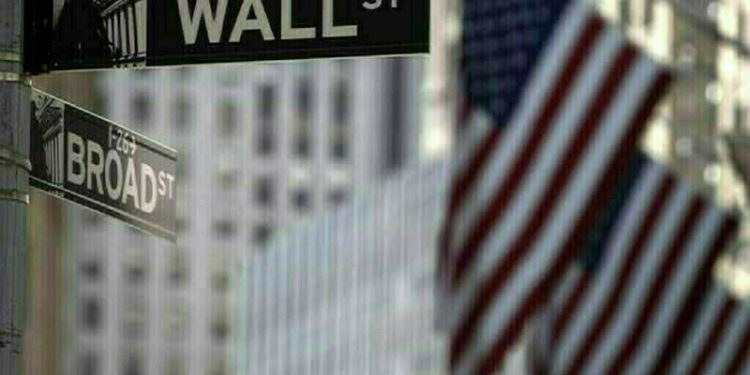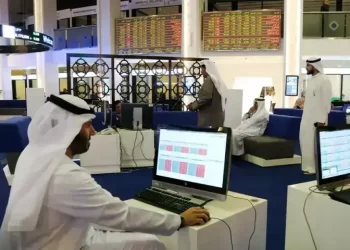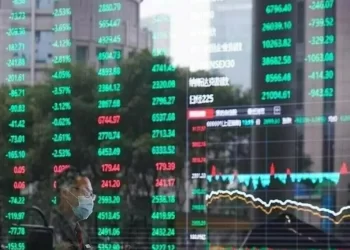Wall Street inched higher on Tuesday, as investors assessed the possibility of tariff relief for the auto sector, although signs of new levies on pharma and semiconductor imports kept the optimism in check.
U.S. President Donald Trump on Monday hinted at potential exemptions for the 25% tariffs imposed on imports of autos and auto parts.
But Federal Register filings showed the Trump administration was also proceeding with probes into imports of pharmaceuticals and semiconductors, as part of a bid to impose tariffs on the sectors.
At 09:36 a.m. the Dow Jones Industrial Average rose 72.89 points, or 0.18%, to 40,597.68, the S&P 500 gained 13.16 points, or 0.24%, to 5,419.13 and the Nasdaq Composite gained 35.88 points, or 0.21%, to 16,867.36.
Financials gained 0.9% to lead sectoral gains, boosted by advances of 4% and 1.7% in Bank of America and Citigroup, respectively, after the banks reported higher quarterly profits.
“We believe “peak fear” is likely past us … however, given volatility across stock and bond markets remains elevated, we remain defensively positioned as markets continue to be highly sensitive to incoming news flow on tariffs,” said analysts at Wolfe Research.
Rapid changes in U.S. policy have sparked steep market selloffs, and left investors, companies and consumers confused over the outlook for policy and economic growth.
Wall Street rises as investors weigh tariff exemptions
The main indexes had gained some ground on Monday after key electronics products were granted exemption from reciprocal tariffs.
Corporate results will be closely monitored over the next weeks for indications on how companies and consumers are coping with changes in trade policy.
“With all the uncertainty and all the moving parts that we have right now, it is not really in corporate management’s best interest to do anything other than be cautious or provide no guidance at all, which is probably more likely,” said Mark Hackett, chief market strategist at Nationwide.
Among other stocks, Boeing lost 1.3% after a report said China has ordered airlines in the country to not take any further deliveries of the company’s jets.
Johnson & Johnson’s shares reversed premarket declines to edge higher after the company beat Wall Street estimates for first-quarter revenue and profit.
Most analysts expect markets to remain volatile, until there’s more clarity on tariffs. The S&P 500 has lost over 8% this year, and a BofA survey showed global investors have slashed holdings of U.S. stocks over the past two months.
The S&P 500’s 50-day moving average (DMA) slipped below the 200-DMA on Monday, producing a “death cross” pattern that suggests a short-term correction could turn into a longer-term downtrend.
Richmond Fed President Thomas Barkin and Fed Board Governor Lisa Cook are scheduled to speak later in the day.
Advancing issues outnumbered decliners by a 1.61-to-1 ratio on the NYSE and by a 1.5-to-1 ratio on the Nasdaq.
The S&P 500 posted no new 52-week highs and no new lows, while the Nasdaq Composite recorded 10 new highs and 26 new lows.









